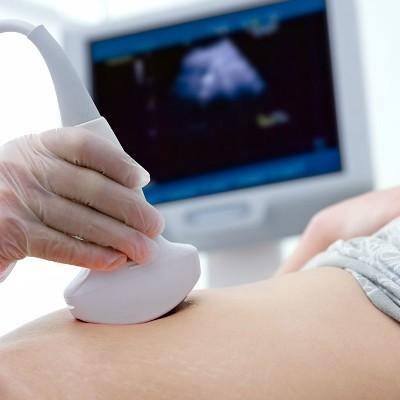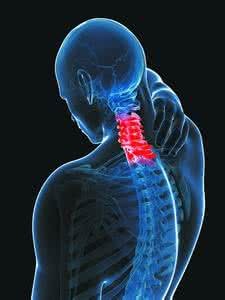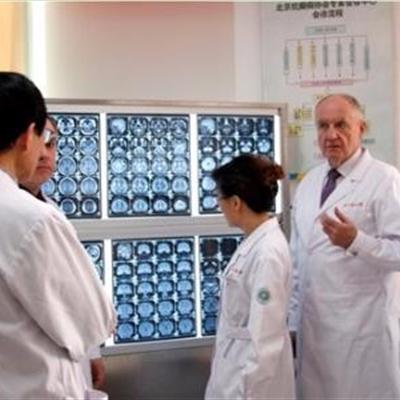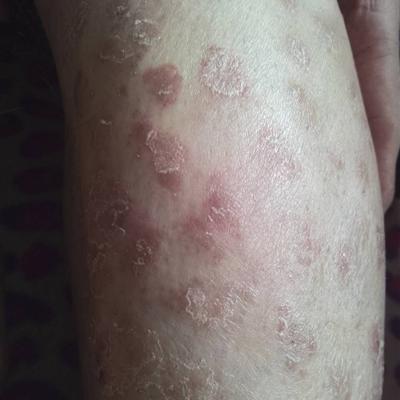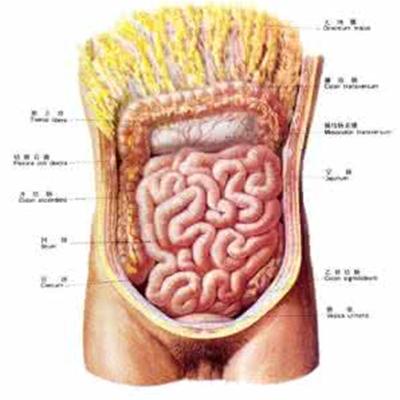Initial symptoms of gastric cancer
summary
My colleagues suffer from gastric cancer. They can't eat anything. Although it is difficult to cure, but patient treatment, or can improve, the following to explore the early symptoms of gastric cancer.
Initial symptoms of gastric cancer
First, most patients with early gastric cancer have no obvious symptoms, and a few have nausea, vomiting or upper gastrointestinal symptoms similar to ulcer disease. Pain and weight loss are the most common clinical symptoms of advanced gastric cancer. Patients often have more specific upper gastrointestinal symptoms, such as abdominal discomfort, fullness after eating, with the progress of the disease, upper abdominal pain, loss of appetite, fatigue.
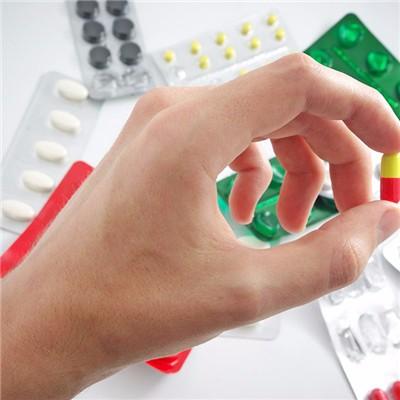
Second, according to the location of the tumor, there are also special manifestations. Gastric cancer of cardia and fundus may have retrosternal pain and progressive dysphagia; gastric cancer near pylorus may have pylorus obstruction; gastrointestinal bleeding symptoms such as hematemesis and melena may occur after tumor destroys blood vessels. Persistent abdominal pain often indicates tumor expansion beyond the gastric wall, such as supraclavicular lymphadenopathy, ascites, jaundice, abdominal mass, anterior rectal fossa and mass.
Third: can appear pain, nausea, vomiting, dyspnea, incontinence and other symptoms. It is suggested that the patients should go to the oncology department of a regular hospital, improve the examination items, actively cooperate with the doctor for treatment, the first choice is surgery, supplemented by radiotherapy, chemotherapy and other adjuvant treatment.
matters needing attention
Special attention should be paid to the dietary habits of patients with gastric cancer, such as eating too fast, too hot, and not easy to be full or hungry. No alcohol, no smoking. Patients with chronic stomach disease should be treated in time, and gastroscopy or X-ray gastroscopy should be carried out regularly. General survey and treatment of gastric cancer and precancerous lesions were carried out in high-risk areas and high-risk groups.


